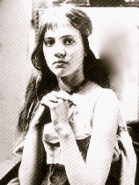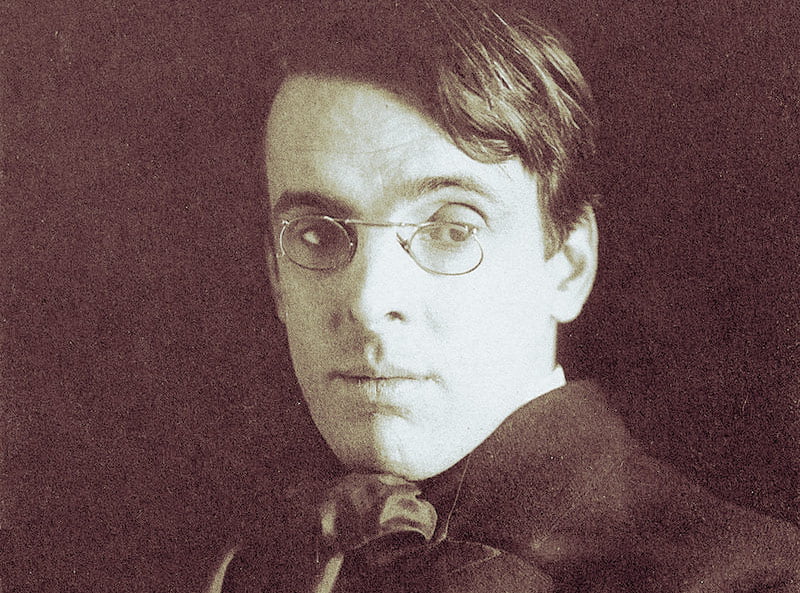IN AUTUMN OF 1916, Iseult Gonne sent a long letter to her friend and mentor, WB Yeats, in which she referred to his recent critique of  her writing: “I am most thankful to you for those criticisms you have made on my scribblings,” she wrote. “Yes, they are bad. I knew it all the while and I am glad of what you say about truth and beauty. I will try and put it into practice . . . but just now I am still too tired to work.”
her writing: “I am most thankful to you for those criticisms you have made on my scribblings,” she wrote. “Yes, they are bad. I knew it all the while and I am glad of what you say about truth and beauty. I will try and put it into practice . . . but just now I am still too tired to work.”
Too tired to work. When I first came upon those words, as part of research I was doing into Gonne’s life, I felt like weeping. Yes, the writing she was doing at the time could sometimes be pretentious or derivative, but it also displayed a flair for language (all the more remarkable because her mother tongue was French), a deep intellectual and spiritual engagement and occasional flashes of brilliance.
She was, in short, typical of a promising writer starting out: tentatively emerging, learning by imitation, feeling her way towards a voice.
What she needed at that stage of her development was not a dissertation on truth and beauty but validation of her talent and encouragement to keep writing. Unfortunately Yeats, the genius poet, was a hopeless mentor.
Though it has received surprisingly little scholarly attention, mentoring is an ancient artistic practice, documented in cultures as disparate as bardic Ireland, ancient Greece, the Middle Ages and the Italian Renaissance. In the past decade or so, two significant changes are emerging in the practice, as it becomes technologised and commercialised.
Contact between mentors and mentorees is now as likely to happen by e-mail, Webinar, Skype or telephone as face to face, and it is also likely to be offered as a billable service. While some fear that commerce corrupts the exchange, others welcome the professionalisation of the role.
Certainly, the fact that no money changed hands in the past did not guarantee a positive experience for protégés. Having parried Yeats’s sexual attentions and refused his offer of marriage, Iseult Gonne moved on to a new champion, Ezra Pound, who fostered the career of a remarkably diverse selection of writers, including James Joyce, TS Eliot and Ernst Hemingway.
Pound took Gonne’s talent seriously and offered her excellent advice in his ebullient way, but again the guidance was compromised by a desire to seduce her. Sexually, he had more success than Yeats but nothing of artistic significance emerged from the liaison on either side.
Surrounded by these gifted, successful and sex-focussed men, Gonne’s confidence failed her. Soon after she parted from Pound, she fell in love with another writer, the Irish novelist Francis Stuart, eight years her junior. She was encouraging of his endeavours, but she also meted out to him some of the lofty condescension she had received from Yeats, an attitude that caused great trouble in their marriage.
Stuart went on to write a series of controversial novels, while Iseult Gonne herself published nothing of note. I often wonder whether she would have reached her potential if she’d met a mentor who didn't have any sexual ulterior motive? Perhaps not. But hers is a cautionary tale, yielding three rules for emerging writers and artists who want to avoid her fate.
Rule 3: Steer clear of mentors who want to sleep with or marry you. Rule 2: Look for someone who gives criticism constructively and sensitively, who encourages you towards self-awareness and a sense of artistic purpose.
And Rule No. 1: fire on the spot any mentor who leaves you feeling “too tired to work”.
BUY Orna Ross BOOKS HERE
